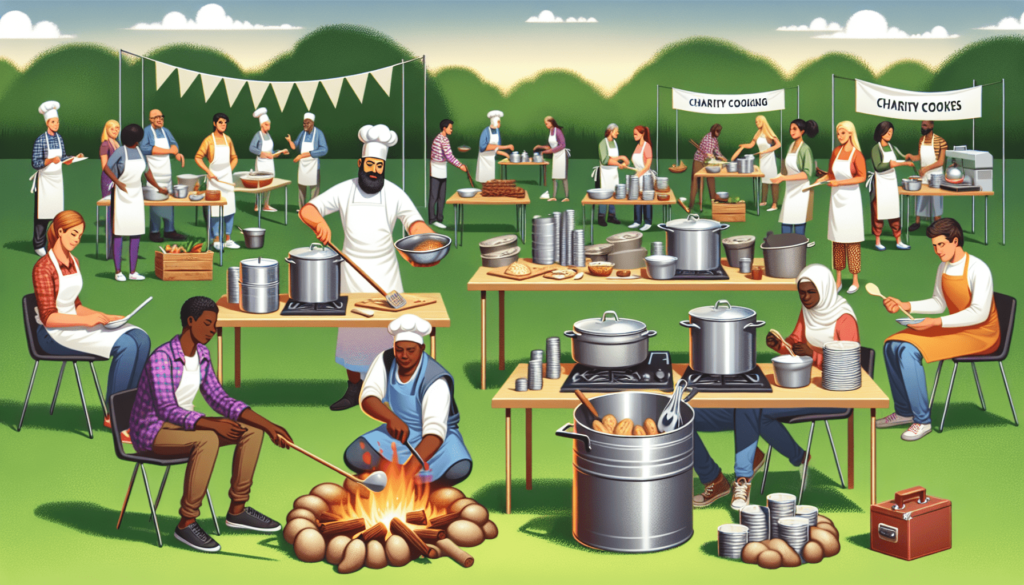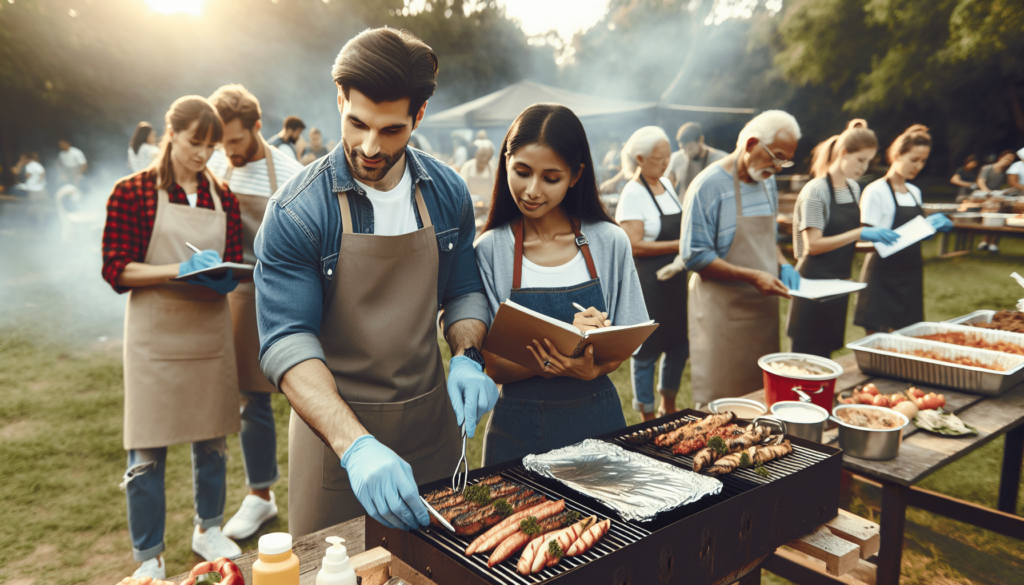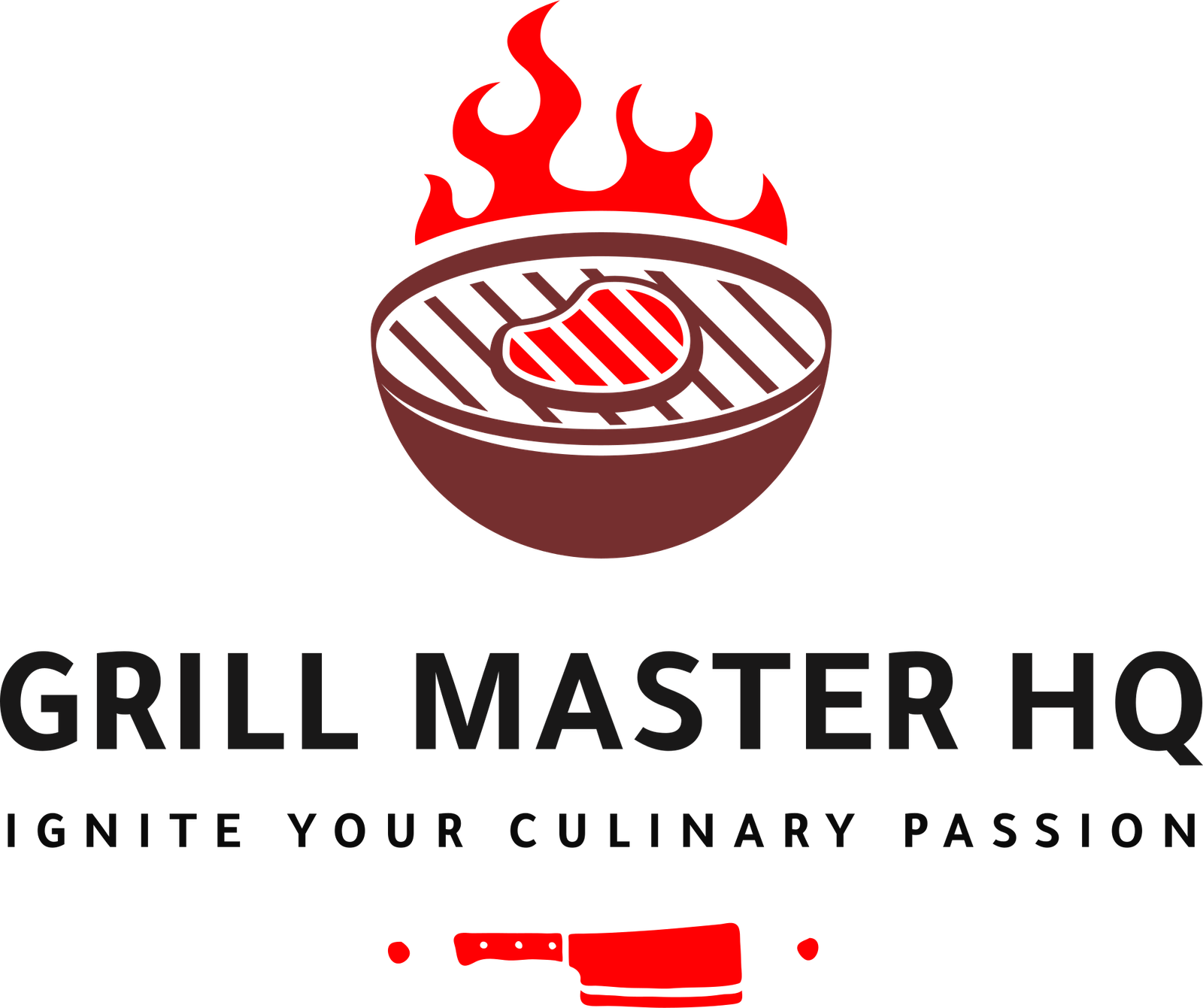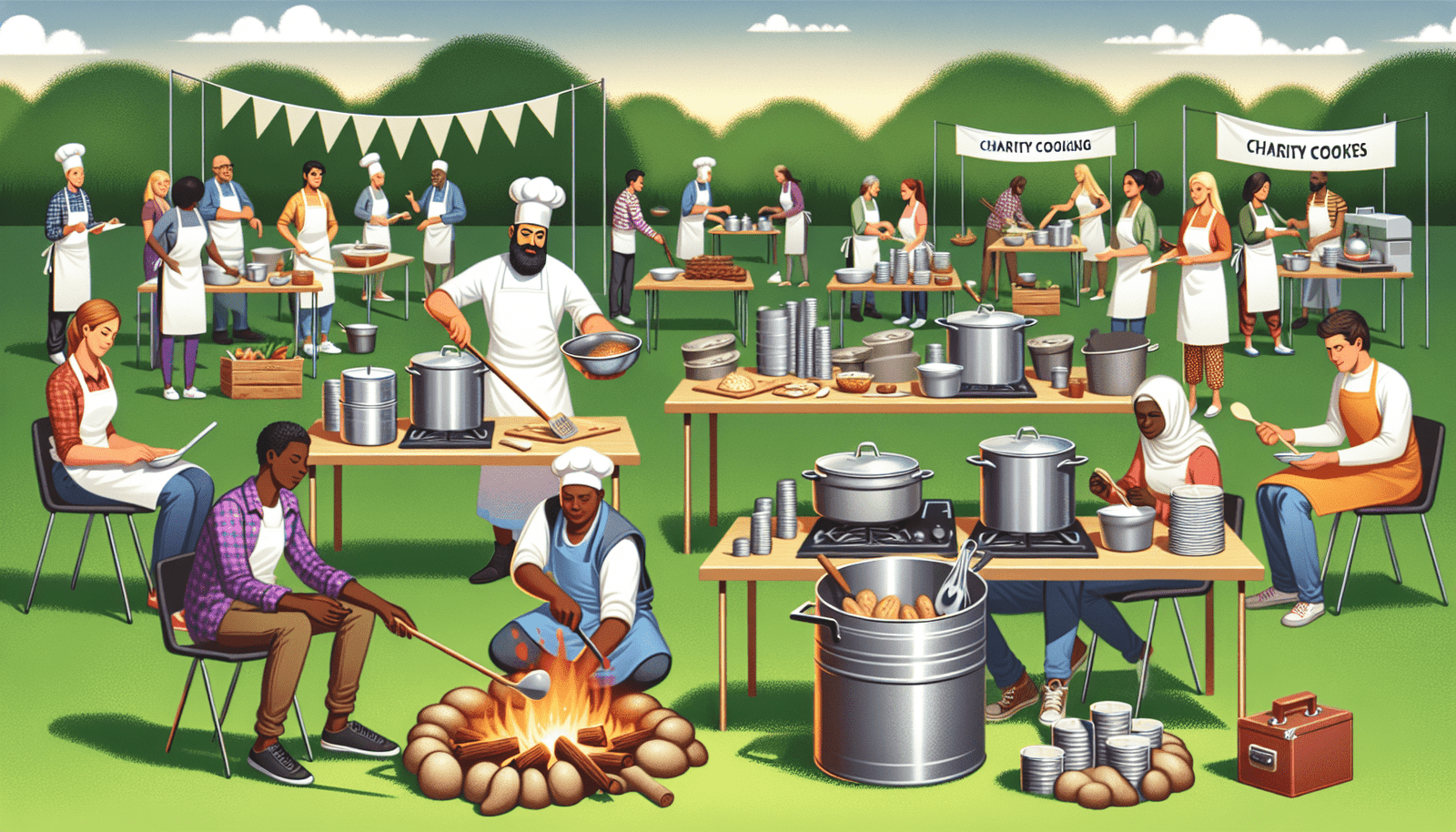Are you planning a charity event and looking for some outdoor cooking tips to make it a memorable and successful occasion? In this article, you will find a collection of practical and easy-to-follow tips that will help you elevate your outdoor cooking game and impress your guests. Whether you are a seasoned chef or a novice griller, these tips will ensure that your charity event becomes a sizzling success. From selecting the right equipment to mastering the art of grilling, we’ve got you covered. So fire up those grills, grab your apron, and let’s get cooking for a good cause! When organizing a charity event, one of the most important factors to consider is the food you will be serving. Cooking in an outdoor setting can present its own unique challenges, so it’s crucial to have the right cooking equipment to ensure a successful event. Let’s explore some tips on how to choose the right cooking equipment for your charity event.
Consider the size of the event
Before selecting the cooking equipment, it is essential to consider the size of your event. Are you expecting a small gathering or a large crowd? This will determine the type and quantity of equipment you will need. For smaller events, a portable grill or stove may be sufficient, while larger events may require a commercial-sized grill or multiple stoves.
Select the appropriate grill or stove
Once you have determined the size of your event, it’s time to choose the appropriate grill or stove. There are various options available, from charcoal grills to propane stoves. Charcoal grills offer a smoky flavor, while propane stoves provide convenience and precise temperature control. Consider the needs of your event and choose the grill or stove that best suits your cooking style and preferences.

Ensure you have enough fuel or charcoal
To ensure a seamless cooking experience, make sure you have enough fuel or charcoal to last throughout the event. Running out of fuel in the middle of cooking can be a major setback. Calculate the estimated cooking time and the amount of fuel or charcoal needed to avoid any interruptions. It’s always better to have extra fuel available, just in case.
Pack necessary cooking utensils and tools
Don’t forget to pack all the necessary cooking utensils and tools. This includes items such as spatulas, tongs, knives, cutting boards, and measuring cups. It’s important to have a well-equipped kitchen, even in an outdoor setting. Ensure that your utensils and tools are clean and in good working condition before the event. Having everything organized and readily accessible will make the cooking process much smoother.
Once you have chosen the right cooking equipment, it’s time to move on to meal planning and preparation. Proper planning and preparation are key to ensuring that your charity event’s meals are delicious and meet the dietary needs and preferences of your guests.

Take into account dietary restrictions and preferences
When planning meals for your charity event, it’s essential to consider any dietary restrictions and preferences of your guests. Some individuals may have food allergies or follow specific diets, such as vegetarian or vegan. By accommodating these needs, you ensure that everyone can enjoy the meal and feel included. Provide a variety of options to cater to different dietary requirements.
Plan balanced and nutritious meals
In addition to accommodating dietary restrictions, it’s important to plan balanced and nutritious meals. Opt for a variety of proteins, including lean meats, poultry, and fish. Include a generous selection of vegetables and fruits to provide essential nutrients and create vibrant dishes. Incorporate whole grains and healthy fats to create a well-rounded menu that promotes overall health and well-being.
Prep as much as possible in advance
To save time and streamline the cooking process, it’s beneficial to prepare as much as possible in advance. Chop vegetables, marinate meats, and pre-mix sauces or dressings ahead of time. This allows you to focus on the actual cooking during the event and minimizes the time spent on prepping ingredients. Consider utilizing a food preparation schedule to ensure everything is ready to go when you need it.
Label and store ingredients properly
When prepping ingredients in advance, it’s crucial to label and store them properly. Use airtight containers to maintain freshness and prevent cross-contamination. Clearly label each container, indicating the contents and any relevant information, such as allergens or serving instructions. Properly storing and labeling ingredients not only ensures their quality but also makes the cooking process more efficient and organized.
As you prepare for your charity event, it’s essential to prioritize food safety and hygiene. Outdoor cooking environments can present additional challenges, so following proper food safety practices is imperative to protect the health and well-being of your guests.
Wash hands frequently
One of the most fundamental food safety practices is to wash hands frequently. Encourage all the cooking staff and volunteers to wash their hands thoroughly with soap and water before and after handling food. Regular handwashing helps prevent the spread of bacteria and other contaminants.
Keep raw and cooked foods separate
To avoid cross-contamination, it’s crucial to keep raw and cooked foods separate. Use separate cutting boards, plates, and utensils for raw meats, poultry, and seafood. This minimizes the risk of harmful bacteria from raw foods being transferred to cooked or ready-to-eat items. Always wash utensils and surfaces thoroughly after they come into contact with raw ingredients.
Use separate cutting boards for different foods
Using separate cutting boards for different foods is another effective way to prevent cross-contamination. Designate specific cutting boards for meats, vegetables, and fruits to minimize the risk of transferring bacteria between food groups. This simple practice ensures that your meals are safe and free from any potential foodborne illnesses.
Cook food to proper temperatures
Cooking food to the proper internal temperature is vital to ensure that it is safe to eat. Invest in a reliable food thermometer and use it to check the doneness of meats, especially poultry and ground meats. Refer to FDA guidelines for recommended cooking temperatures to ensure that harmful bacteria are killed during the cooking process.

